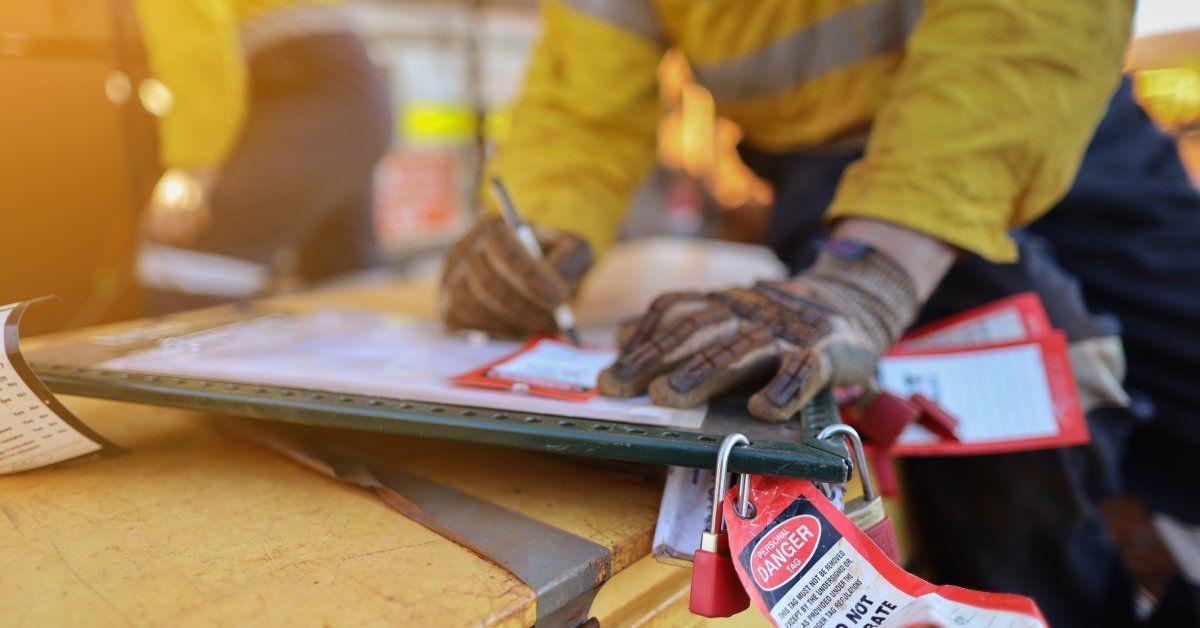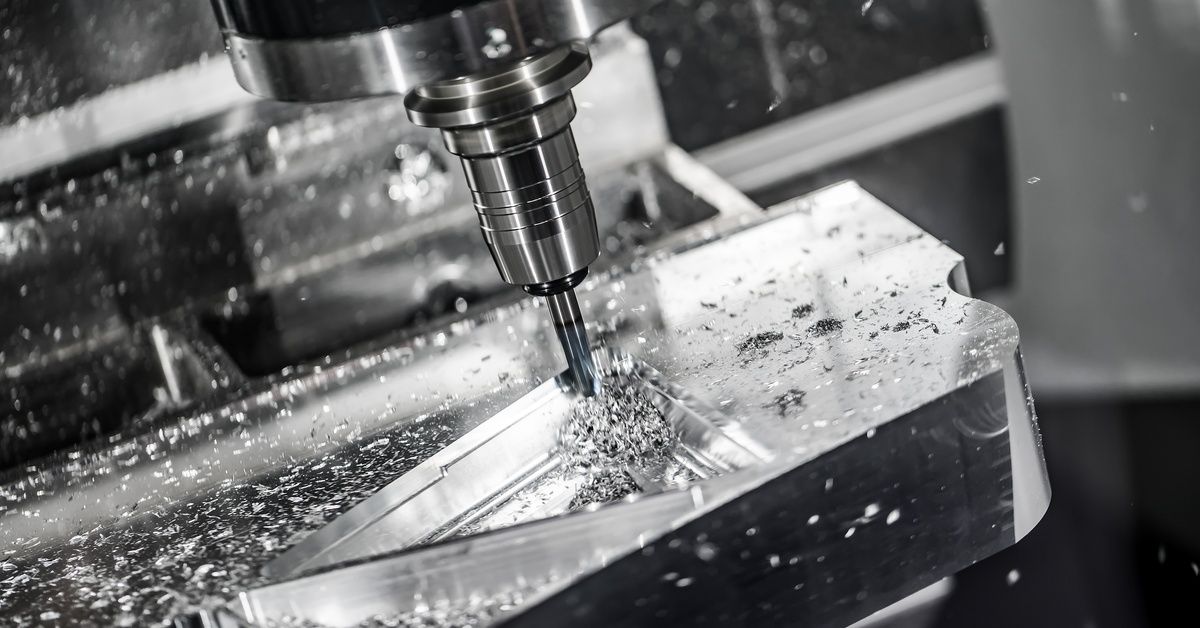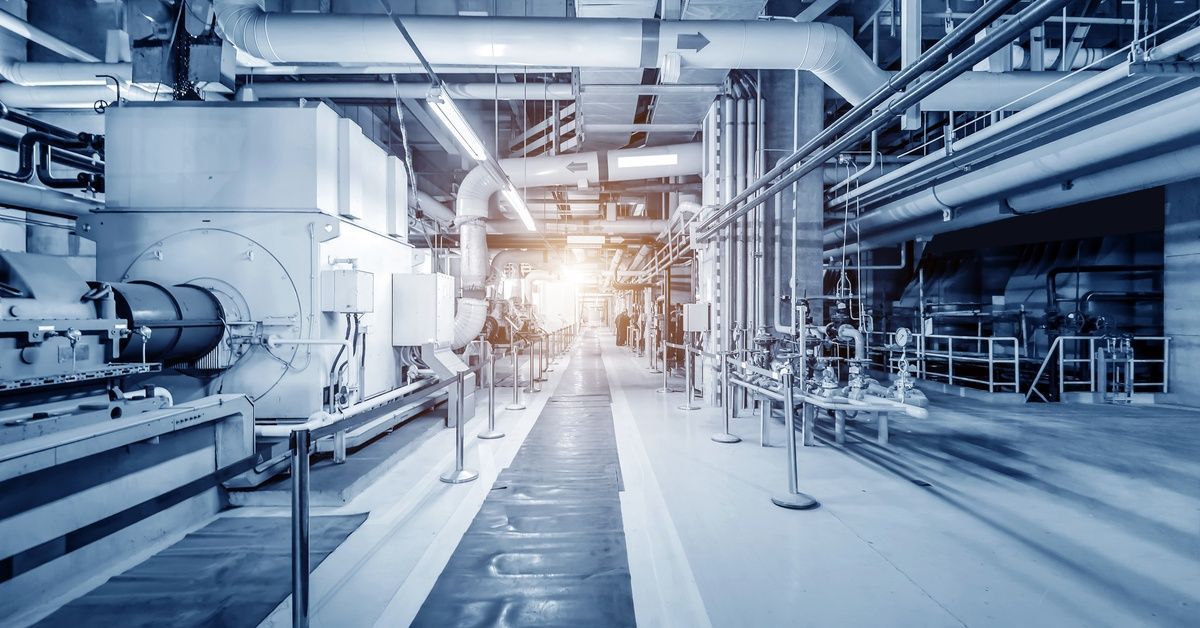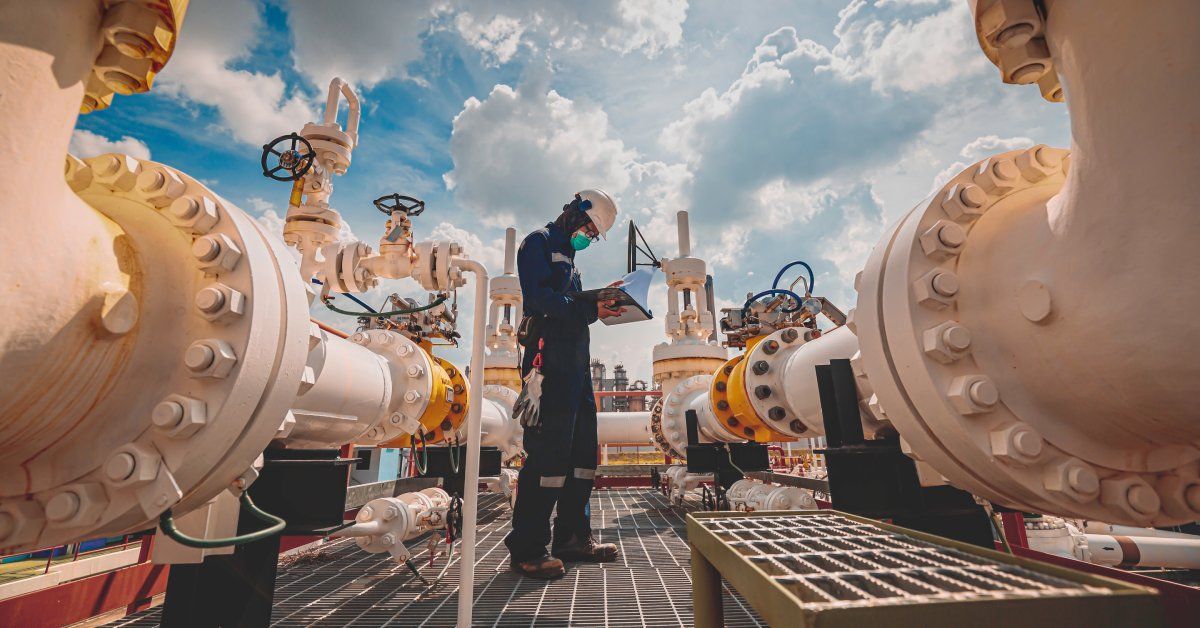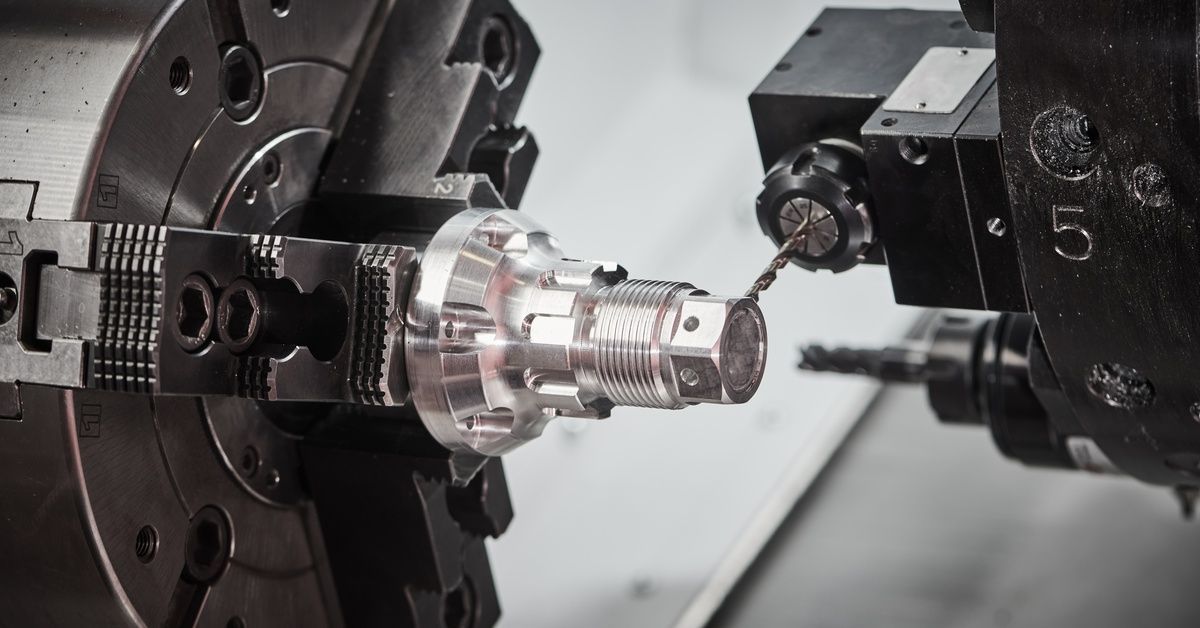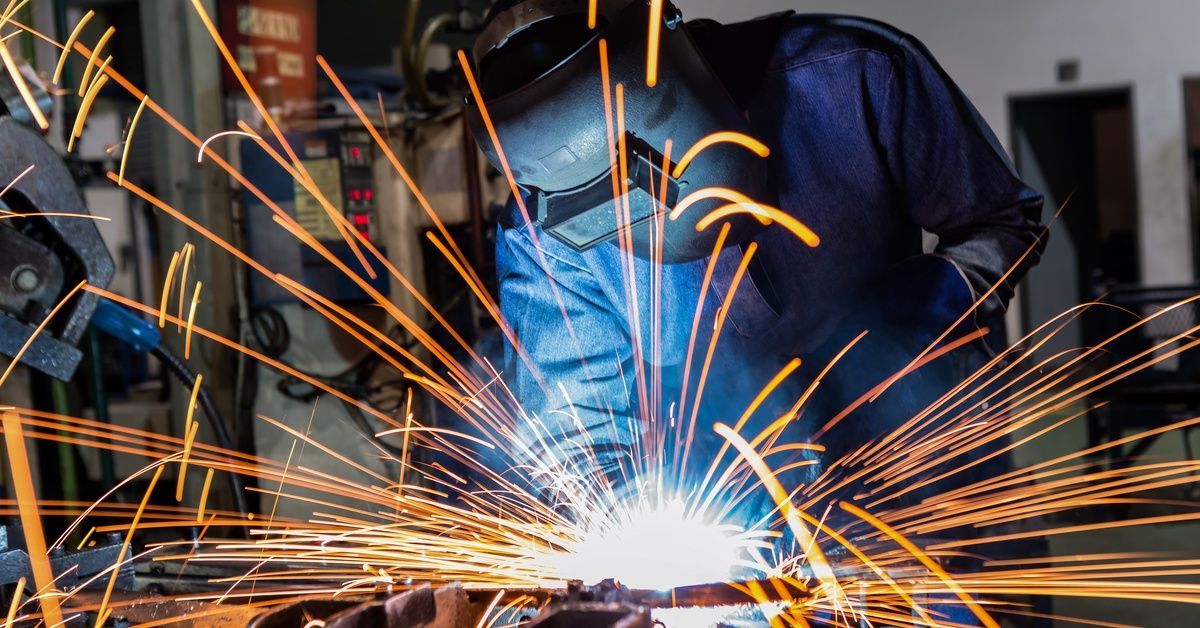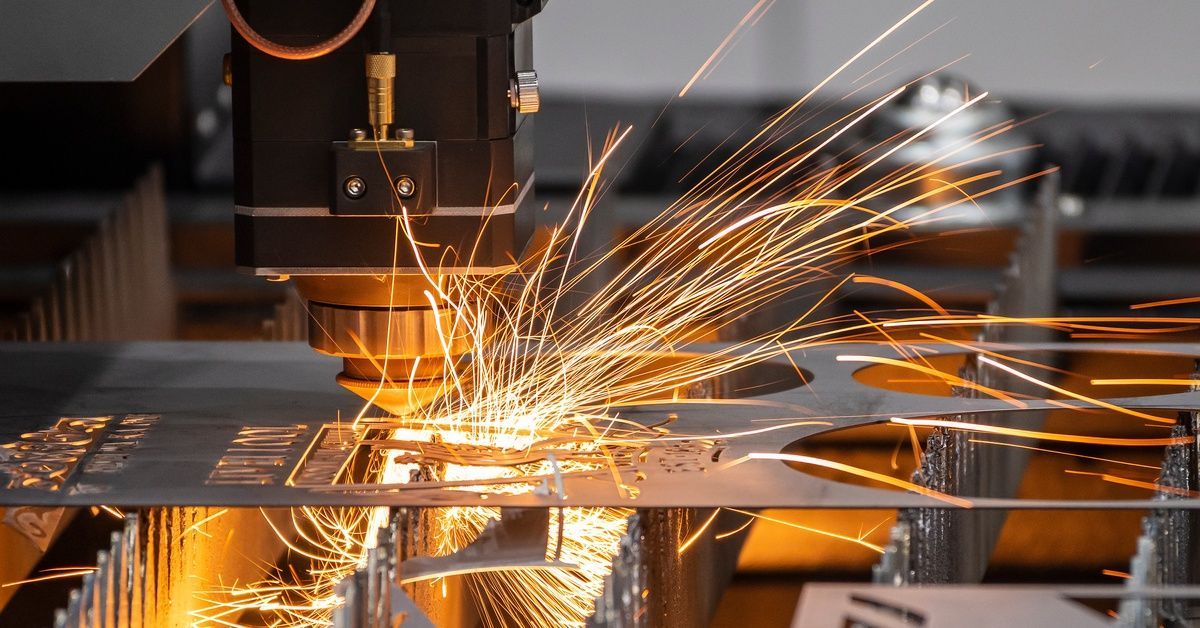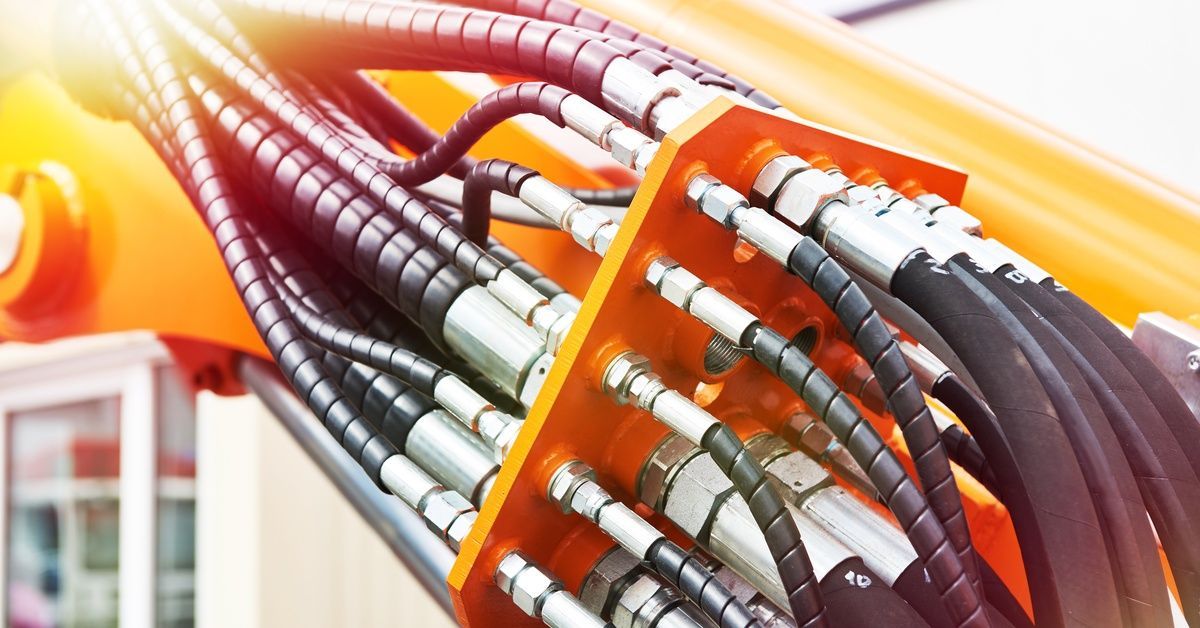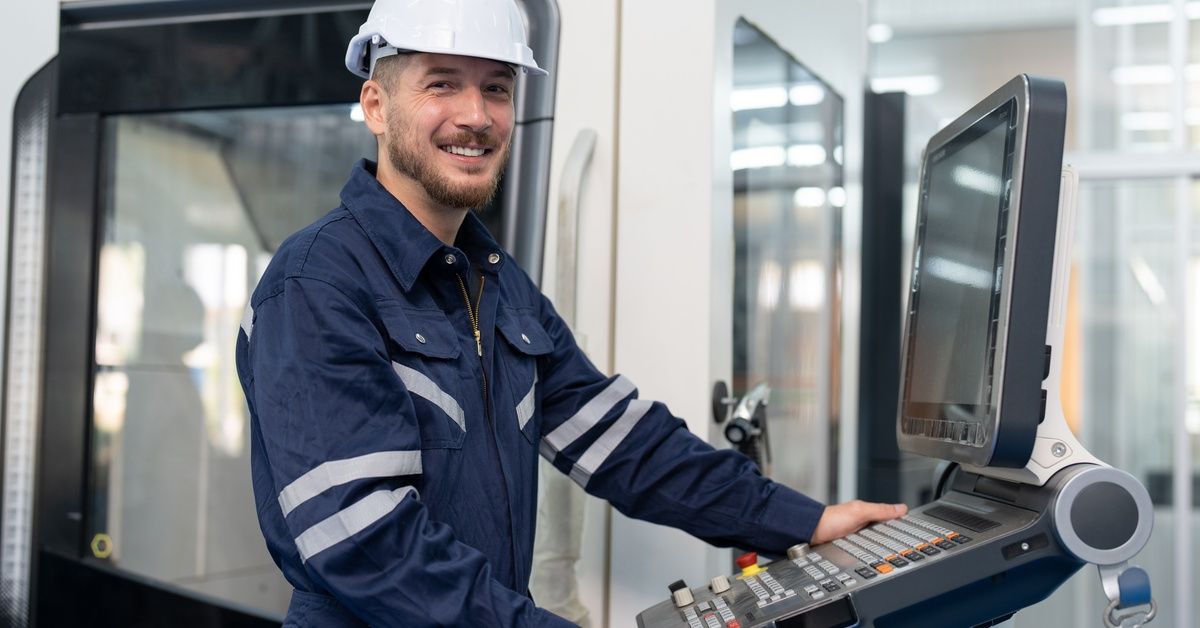Preventive vs. Corrective Maintenance Explained
Equipment failures can devastate production schedules, inflate costs, and compromise product quality. Manufacturing facilities face a critical decision: should they invest in preventive maintenance programs or rely on corrective maintenance when problems arise?
Understanding the differences between preventive and corrective maintenance will enable you to make informed decisions that protect your equipment investments and maintain operational efficiency.
Successful maintenance programs often incorporate elements of both approaches. This comprehensive guide explores both maintenance strategies, helping you determine the optimal approach for your operations.
Preventive Maintenance
Preventive maintenance in manufacturing refers to the scheduled upkeep of machinery and equipment to prevent unexpected failures and extend their operational lifespan. It’s a proactive method that involves regular inspections, servicing, and replacements using custom machined parts based on predetermined intervals, usage patterns, and performance metrics. The design of this approach upholds equipment’s performance and addresses wear and tear before it leads to severe issues.

When To Implement Preventive Maintenance
Organizations should prioritize preventive maintenance for assets where unexpected failures would result in substantial downtime costs, safety hazards, and quality issues. High-value machinery, safety-critical systems, and equipment with predictable wear patterns benefit significantly from scheduled maintenance interventions because they promote a safe, productive work environment.
Equipment operating in harsh environments or handling abrasive materials also requires regular preventive care to maintain optimal performance levels. In essence, preventive maintenance suits situations where the consequences of equipment failure outweigh the maintenance costs.
The Advantages of Preventive Maintenance
Preventive maintenance reduces the risk of unplanned downtime by addressing potential problems before they cause equipment failure. This approach extends equipment lifespan through regular care and component replacement at optimal intervals to protect your initial capital investment. Emergency repair costs and premium pricing associated with urgent parts procurement vanish.
Safety risks decrease when equipment receives regular inspections and necessary repairs. Additionally, preventive maintenance helps maintain product quality by ensuring equipment operates consistently within specified parameters.
Corrective Maintenance
Corrective maintenance addresses equipment problems after failures occur, focusing on restoring functionality rather than preventing breakdowns. It’s a reactive approach that involves troubleshooting failed systems, diagnosing failures, and implementing repairs to return the machinery to operational status. The strategy encompasses both emergency repairs for critical failures and planned corrective work for issues that don’t immediately impact operations.
When To Use Corrective Maintenance
Corrective maintenance suits noncritical equipment where failures don’t substantially impact production or people’s safety. Facilities with excess capacity can manage downtime caused by equipment failures without a significant production impact. Low-cost assets, redundant systems, and equipment with unpredictable failure patterns make corrective maintenance an economical choice.
Organizations may choose this approach for equipment nearing end-of-life when preventive maintenance investments wouldn’t provide adequate returns. Equipment with excellent reliability records or minimal maintenance requirements may also warrant a corrective approach.
The Advantages of Corrective Maintenance
Corrective maintenance minimizes upfront maintenance costs by addressing only actual problems rather than fixing components that could cause potential issues. This approach allows organizations to fully utilize equipment life by running components until failure occurs naturally. Organizations can allocate maintenance budgets more precisely by spending money only when equipment requires attention.
Corrective strategies provide flexibility in maintenance scheduling and resource allocation, as maintenance teams focus efforts on actual problems rather than potential issues. When paired with strategic diagnostic software, this approach provides valuable failure data that helps improve equipment design and maintenance strategies over time.
Similarities and Differences Between Maintenance Types
Both preventive and corrective maintenance strategies require skilled technicians, adequate parts inventory, and effective maintenance management systems. Each approach demands thorough documentation to track equipment history, maintenance activities, and performance trends.
The strategies benefit from condition monitoring technologies that provide insights into equipment health and performance characteristics. Maintenance teams must develop diagnostic capabilities and repair expertise regardless of which approach they primarily employ.
The fundamental difference lies in timing and planning requirements. Preventive maintenance operates on predetermined schedules with extensive planning based on equipment manufacturer recommendations and historical failures. Corrective maintenance responds to actual events with shorter planning horizons and reactive resource allocation.
Risk tolerance varies significantly between approaches, with preventive maintenance minimizing uncertainty while corrective maintenance accepts higher failure risks. Budget allocation patterns differ as preventive strategies require consistent ongoing investments while corrective approaches involve irregular expenditures tied to failure events.
How To Implement Preventive and Corrective Maintenance
Successful maintenance implementation requires systematic planning and execution across multiple phases. Organizations must assess current equipment conditions, establish maintenance priorities, and develop response protocols for planned and unplanned maintenance activities. The following steps provide a framework for establishing effective maintenance practices that optimize equipment reliability and cost-effectiveness.
Conduct an Equipment Audit
Comprehensive equipment audits identify maintenance requirements and establish baseline conditions for all machinery. Document equipment specifications, operating conditions, and historical performance data to inform maintenance decisions. Evaluate each asset’s criticality to production operations and classify equipment based on failure consequences.
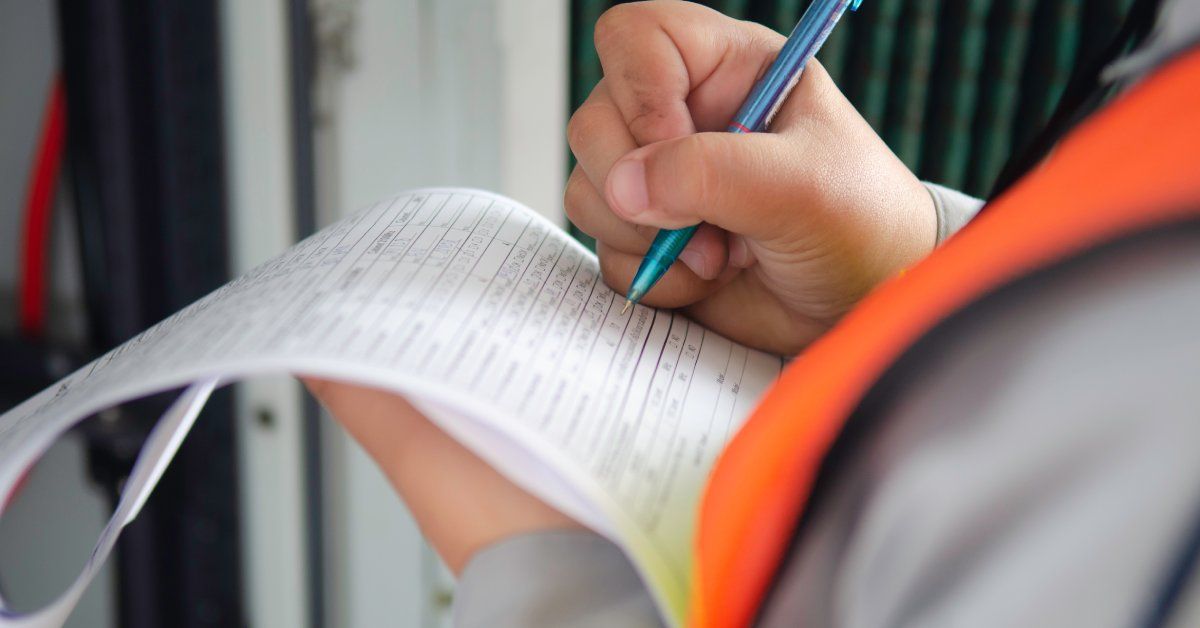
Determine Scheduled Maintenance Intervals
Manufacturer recommendations provide starting points for preventive maintenance scheduling based on design specifications and testing. Balance maintenance frequency against resource availability and production schedule constraints. Adjust intervals based on actual operating conditions, environmental factors, and historical failure patterns.
Monitor Equipment for Faults
Implement condition monitoring systems to track equipment performance and identify developing problems before failures occur. Train operators to recognize abnormal sounds, vibrations, temperatures, and other failure indicators during operations. Establish clear reporting procedures for equipment anomalies and performance degradation.
Take Swift Corrective Action
Develop rapid response protocols for equipment failures that minimize downtime and restore production capabilities quickly. Document all corrective actions to identify recurring problems and improvement opportunities.
Regular reflection and reevaluation of current maintenance practices support continuous improvement in equipment reliability and maintenance effectiveness. Organizations must adapt their strategies based on changing equipment conditions, operational demands, and technological advances.
Optimize Your Maintenance Practices Today
Effective maintenance strategies combine preventive and corrective approaches based on equipment criticality and operational requirements. Achieving long-term operational success depends on understanding the equipment’s usage patterns and value while implementing appropriate maintenance practices that balance costs with reliability objectives. Regular assessment and adjustment of maintenance programs ensure optimal performance and resource utilization.
By applying the principles outlined in this guide, you can develop maintenance programs that protect your equipment investments while supporting operational excellence and profitability.
